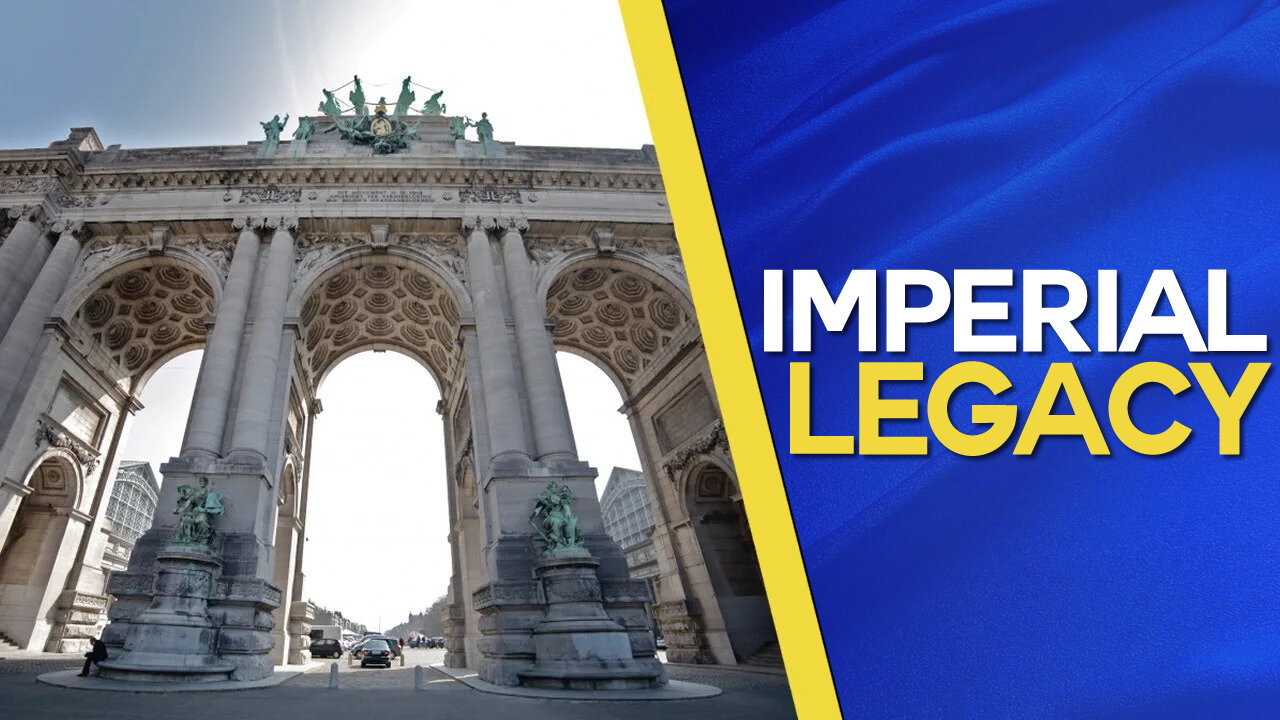Premium Only Content

The Monumental Legacy of King Leopold II
King Leopold II, a monarch known for his architectural legacy, has left an indelible mark on the Belgian landscape. His vision of architecture and monuments reflected his pursuit of grandeur and the desire to present Belgium as a modern and progressive nation.
One of his most impressive projects was the realization of the Cinquantenaire, a monumental park in the heart of Brussels. Here, under the shadow of the triumphal arch, Belgium celebrated fifty years of independence in 1880. This grand complex exuded the neo-classical style, which played a prominent role at the time. The clean lines and majestic columns of the Cinquantenaire were an expression of Leopold's ambition to anchor the grandeur of his kingdom in the urban environment.
Another significant monument Leopold II left behind is the Museum of Central Africa in Tervuren. Built between 1904 and 1910, the museum was intended to honor Belgium's achievements in the Congo. The museum was not only a tribute to the grandeur of Belgium, but also to the scientific discoveries made in this African region.
However, behind this architectural splendor, there was also growing tension between Leopold II and the emerging bourgeoisie. The king was determined to realize his personal vision of Belgium. The extensive construction projects and monuments were not without controversy and were a source of political tensions. The bourgeoisie, seeing themselves as the new force of the nation, looked critically at the monarch who left his own mark on the national heritage.
In the legacy of King Leopold II, we find not only impressive architecture, but also a fascinating piece of history where his quest for grandeur clashed with the emerging forces of the bourgeoisie. His monuments stand to this day as testimonies of an era in which Belgium sought to define and shape itself.
Follow on Twitter: https://twitter.com/BasedCongo
#Cinquantenaire #AfricaMuseum #KingLeopoldII
-
 2:27:37
2:27:37
The Black and Jewish Podcast with Ashira Solomon
3 months agoEp. 3 Christians Are Biblically Illiterate
13.4K14 -
 1:53:43
1:53:43
The Quartering
6 hours agoKamala's Desperate Attempt To Stop Trump & Installed As President! House Race Update New Border Czar
97.5K21 -
 1:27:19
1:27:19
Russell Brand
6 hours agoKamala Goes BANKRUPT & WARS w/Biden + President Trump Announces Plan To RECLAIM Free Speech - SF490
219K273 -
 11:32
11:32
Silver Dragons
4 hours agoIs This GAME OVER for SILVER?
16.7K8 -
 9:04
9:04
Gun Owners Of America
1 day agoTrump Promises To "Rip Up" ATF Rules
13K17 -
 1:49:13
1:49:13
vivafrei
7 hours agoThe Absolute State of Canada - Artur Pawlowski Interview AND MORE CANADIAN MADNESS! Viva Frei
112K14 -
 1:57:57
1:57:57
The Charlie Kirk Show
5 hours agoFulfill The Mandate | Paoletta, Schilling, Schlicther | 11.11.24
203K103 -
 1:23:15
1:23:15
The New American
4 hours agoTrump to End Censorship | The New American Daily
23K2 -
 1:09:22
1:09:22
The Kevin Trudeau Show
7 hours agoStand for Freedom NOW! | The Kevin Trudeau Show | Ep. 64
42K2 -
 1:03:34
1:03:34
Grant Stinchfield
5 hours ago $22.98 earnedIs There a Potential Coup Going on Inside the Pentagon? The Shadow State is Real!
68.3K57